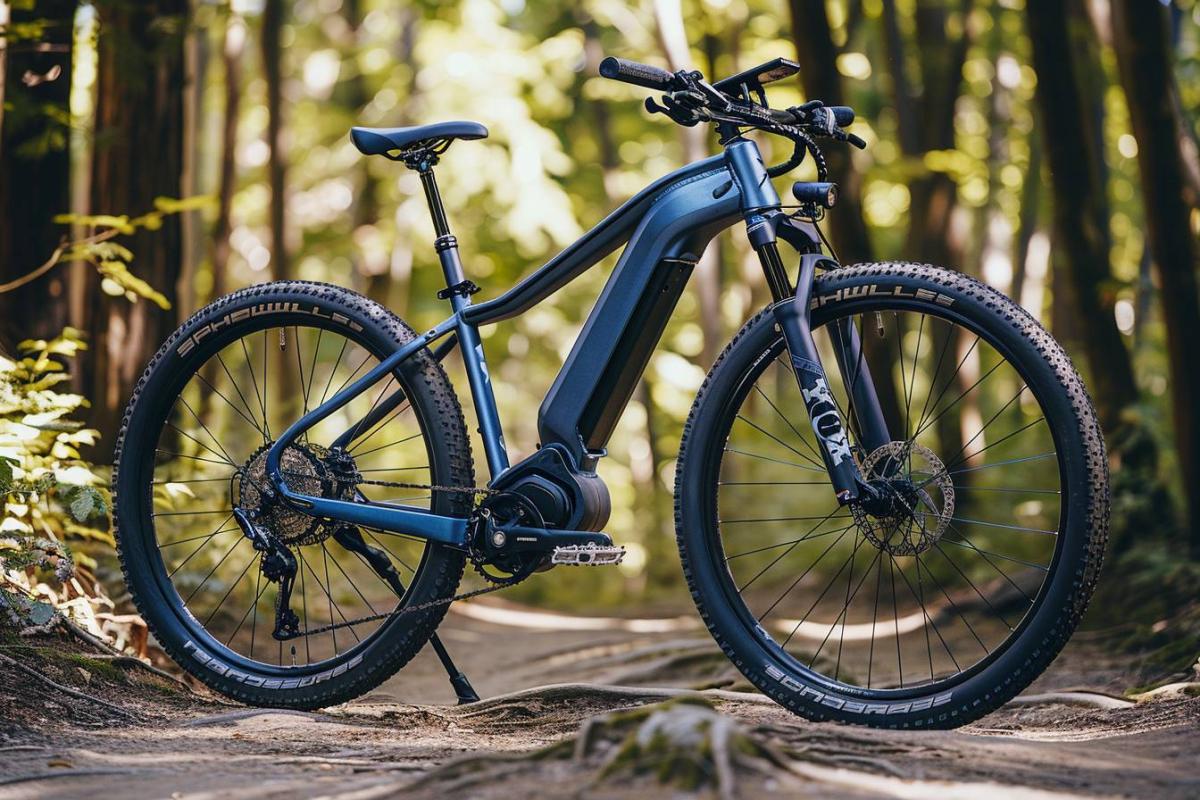Electric bikes combine traditional cycling with motor assistance, offering an environmentally-friendly alternative to urban mobility. Here’s what you need to know:
- Classifications: Class 1, 2 and 3 electric bikes offer different levels of assistance and speed.
- Key features: Motor type, sensor type, pedalling assistance levels and battery capacity all affect performance.
- Styles: Different options, including electric commuter bikes, wide-tyre bikes and mountain bikes, cater for different needs.
- Maintenance: regular maintenance similar to that of conventional bicycles, with particular attention paid to electrical components.
- Innovation: advanced features such as application connectivity and security enhancements are becoming the norm.
Electric bikes have revolutionised urban mobility by offering an environmentally-friendly alternative to commuters and leisure cyclists. These innovative vehicles combine the best of traditional cycling with the convenience of motorised assistance, making them an increasingly popular choice for those seeking an efficient and sustainable means of transport. In this comprehensive guide, we’ll explore the world of electric bikes, discussing their key features, benefits and how to choose them to suit your needs.
Understanding the classifications and characteristics of electric bikes
There are several categories of electric bike, each designed to meet different needs and regulations. Class 1 e-bikes offer pedal assistance of up to 20 mph, making them ideal for occasional cyclists and urban commuters. Class 2 e-bikes have pedal assist and throttle, and their speed is also limited to 20mph. For those looking for more speed, Class 3 electric bikes offer pedal assistance up to 28mph, with some models featuring an optional 20mph accelerator.
When you’re thinking about buying an electric bike, it’s essential to pay attention to a number of key features:
- Motor type: hub motors or intermediate drive motors
- Sensor type: cadence and torque sensors
- Pedal assistance levels
- Braking system (preferably hydraulic brakes)
- Accelerator options
- Connectivity for mobile applications
These features have a significant impact on the riding experience and overall performance of the electric bike. For example, torque sensors provide a more natural riding feel than cadence sensors, offering smoother, more responsive power.
Another crucial aspect to consider is battery capacity and range. Larger batteries with a range of over 50 miles are becoming increasingly popular, for cyclists who need more range for daily commutes or weekend adventures. However, it’s important to note that factors such as rider weight, terrain and use of pedal assist can affect the actual range achieved.
Choosing the electric bike best suited to your needs
With a wide variety of electric bike styles available, it’s essential to choose the one that suits your specific needs. The most common styles are
- Commuter/city bikes
- Wide-tyred bikes
- Utility/cargo bikes
- Mountain bikes
- Sports/performance bikes
Each style caters for different riding preferences and terrain. For example, commuter e-bikes are often equipped with integrated lights, mudguards and safety systems, making them ideal for everyday use in the city. On the other hand, e-bikes with wide tyres excel on difficult terrain, as they offer better traction and greater stability.
When choosing the best electric bike, consider the following features:
| Specifications | Importance |
|---|---|
| Engine power | Determines acceleration and hill-climbing ability |
| Battery capacity | Affects range and driving time |
| Weight | Impact on handling and portability |
| Maximum speed | Influence on travel efficiency and driving experience |
For those with specific needs, such as people with knee problems, full-suspension and crossover frames can offer greater comfort and accessibility. In addition, cyclists looking for better off-road performance may prefer e-bikes equipped with internal gear hubs, which offer greater durability than traditional derailleurs.

Maintenance and upkeep of your electric bike
Maintenance of an electric bike is generally similar to that of a conventional bike, with a few additional considerations. Regular maintenance tasks include:
- Ensure that the battery is charged and stored correctly
- Cleaning and lubricating the chain and transmission
- Checking tyre pressure and wear
- Inspect brake pads and adjust if necessary
- Ensure that all electrical connections are secure
While most electric bikes can withstand light rain, it’s important to note that they are not completely waterproof. Taking precautions when it rains, such as using mudguards and avoiding deep puddles, can help protect your investment.
The difficulty of assembly varies from model to model. Some require professional assembly, while others are largely pre-assembled for ease of installation. If in doubt, it’s always best to consult a professional mechanic to ensure that your electric bike is correctly assembled and safe to use.
Innovative features that enhance the e-bike experience
As technology advances, electric bikes are incorporating increasingly sophisticated features to enhance the riding experience. Connectivity to a mobile app is becoming a standard feature on many high-end e-bikes, allowing users to track their routes, monitor battery life and even adjust power settings on the move.
Some state-of-the-art e-bikes now offer two-wheel drive systems, which improve traction and stability in difficult conditions. This feature is particularly useful for off-road enthusiasts and cyclists who frequently encounter varied terrain.
Safety features are also evolving, with many electric bikes now equipped with :
- Integrated front and rear lights
- Reflective tyre sidewalls
- Integrated GPS tracking for theft prevention
- Automatic brake lights
These advances not only enhance rider safety, but also contribute to the overall convenience and functionality of e-bikes. As technology advances, we can expect to see even more innovative features that will revolutionise the world of electric bikes.
